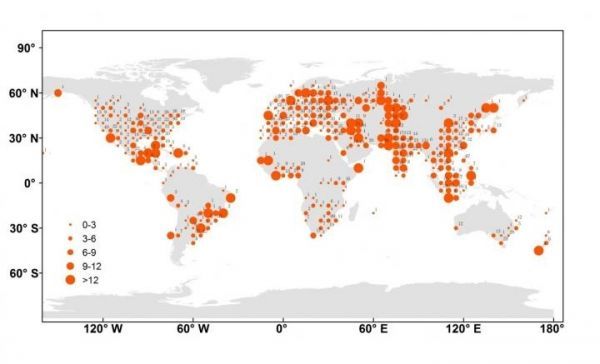Heat stress affects the health of workers and reduces the work productivity by changing the ambient working environment thus leading to economic losses. How to quantify the impact of heat stress on work productivity has remained an issue to the scientific research and policy-making.
In recent years, surveys based on social-science studies have been well applied to quantify the impact of heat stress on the work capacity. However, previous surveys were mainly for developed countries. The number of samples was usually very small (hundreds or even tens) and not suitable for identifying the regional differences across the world. The worldwide pattern of heat-related work productivity loss (WPL) remained unclear.
Recently, YU Shuang, XIA Jiangjiang and YAN Zhongwei from the Institute of Atmospheric Physics, Chinese Academy of Sciences, together with colleagues from China and UK, synthesized 4363 responses to a global online survey in 2016, the most extensive global survey about the effect of heat stress on the WPL currently available, in order to quantify the effects of heat stress on work productivity in different countries for the year.
Read more at Institute of Atmospheric Physics, Chinese Academy of Sciences
Image: A worldwide pattern of heat-related loss of work productivity (in days) for 2016, based on an online survey with 4043 valid samples. (Credit: YU Shuang)


